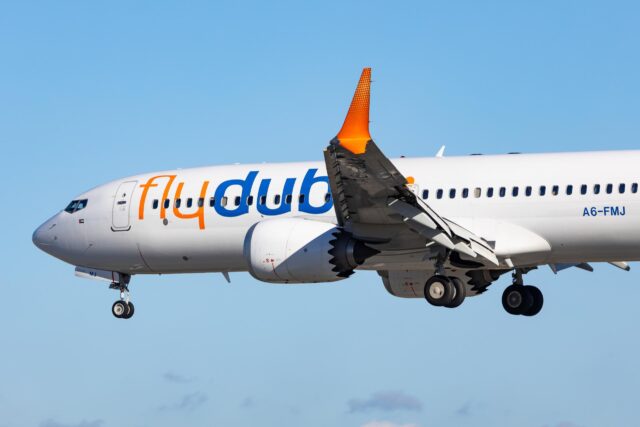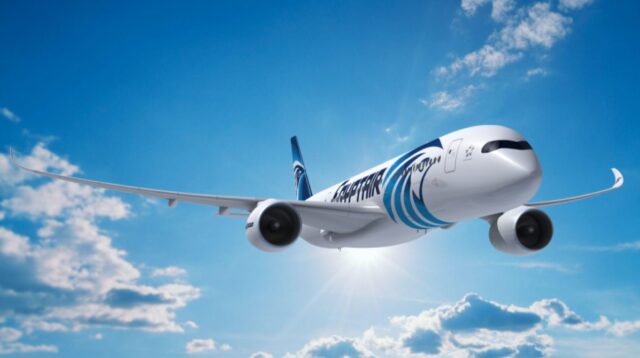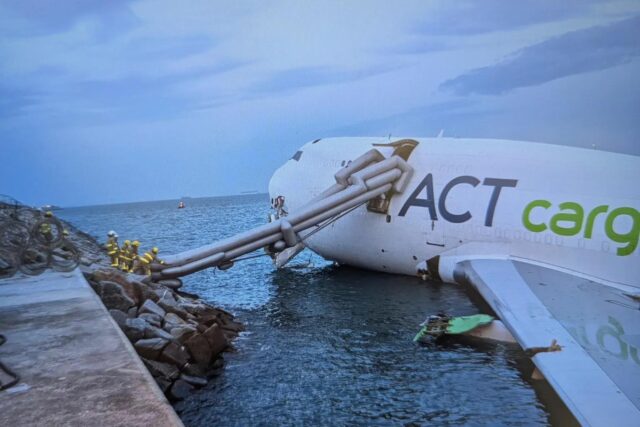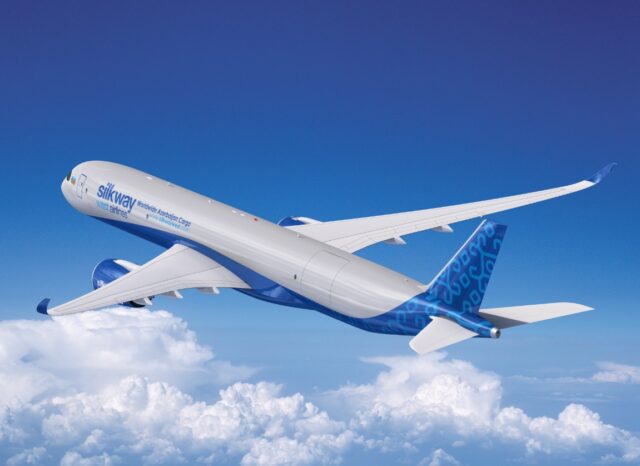Lufthansa and Fraport roll out AI-powered turnaround system

July 25, 2025

Lufthansa and Fraport have agreed to deploy a new AI-based system aimed at improving aircraft handling efficiency at Frankfurt Airport.
The initiative, developed in collaboration with Lufthansa’s digital subsidiary zeroG, centres around an artificial intelligence solution called “seer”, which uses camera technology to monitor and analyse aircraft turnaround procedures.
The system is designed to capture each step of the turnaround process, from the connection of the passenger boarding bridge to baggage loading and refuelling, via cameras positioned at aircraft stands.
AI and cameras keep watch in Frankfurt
Each activity is automatically timestamped by the AI, creating a detailed operational log stored in a central database described as a “single source of truth”.
By increasing both the volume and accuracy of data, the project aims to improve punctuality, transparency, and coordination during aircraft handling.
The development of “seer” began in 2023 with an extensive pilot programme.
Between February and May 2024, Lufthansa and Fraport trialled the technology at selected parking positions at Frankfurt Airport.
It is now operational at five stands, with plans to expand its use to 20 towards the end of 2025. A full airport-wide rollout is expected to follow in stages.

“Transparent ground processes enable us to further improve our punctuality and service quality,” said Jens Ritter, CEO of Lufthansa Airlines.
While Lufthansa is likely to benefit most from the full rollout, the system is intended to benefit all airlines and service providers operating at the airport.
“At Fraport, we are driving forward a wide range of AI solutions to optimize processes at our airports, reduce the workload of our employees, and increase the satisfaction of our passengers and customers,“ said Stefan Schulte, CEO of Fraport.
“The AI-supported turnaround is a perfect example of this. The increased transparency of the data gives our employees and partners a more accurate picture of the individual steps involved in aircraft handling, enabling them to adapt the subsequent work steps accordingly.
Airports deploy new technology
AI is increasingly being deployed at airports to improve efficiency.
For example, AI is helping airports optimise gate management by analysing real-time flight data, passenger flows, and aircraft turnaround times to allocate gates more efficiently.
This reduces delays, minimises congestion, and improves the overall passenger experience.
“AI and machine learning now enable the prediction of gate conflicts, delays, and passenger flow, unlike previous rule-based, reactive systems,” Joseph Doetsch, quantum computing lead at Lufthansa Industry Solutions, told Aerospace Global News.
“Real-time data integration and the Internet of Things (IoT) allow for live updates from aircraft, ground operations, weather, and air traffic control.”
AI is also being used to improve the travel experience for passengers with additional needs.
Norwich Airport has launched an AI-powered wayfinding system – a UK-first – to provide passengers with on-demand multi-lingual support in British Sign Language, spoken words, large print and easy-read formats to help them navigate their way around the airport.
An AI-generated avatar called Cassie uses sign language to convey a range of information alongside the options to hear the instructions out loud, and to read them in large typeface.
















